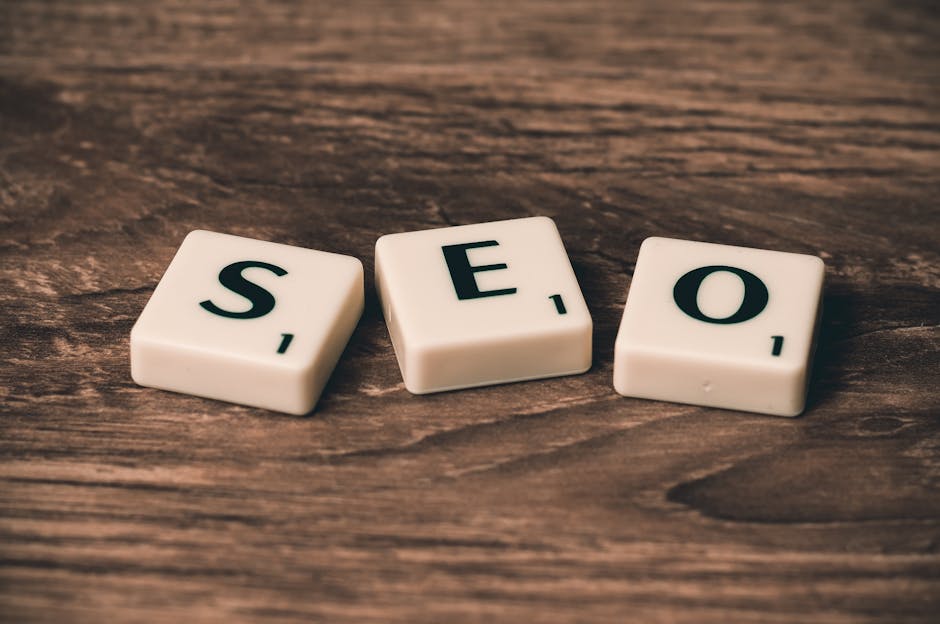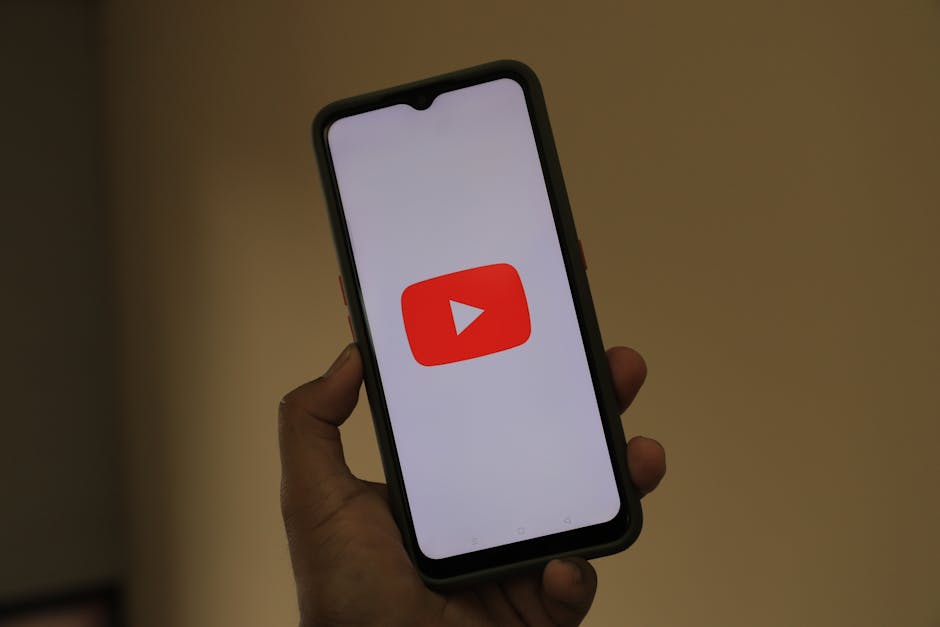The Role of Sonic Branding in Shaping SEO: Discover Its Powerful Influence
In today's digital landscape, the interplay between sound and search engine optimization (SEO) is an emerging frontier that’s capturing the attention of marketers and brands alike. While visuals have long dominated digital marketing strategies, the role of auditory elements—particularly sonic branding—cannot be overlooked. Sonic branding involves creating a distinct sound identity that resonates with audiences, and it influences how users interact with digital content. Understanding and effectively harnessing this concept can not only enhance brand recall but also significantly impact your search ranking authority.
The Sound of Success: Introduction to Sonic Branding
Think about your favorite brands. What sounds come to mind? Perhaps it's the catchy jingle of a renowned fast-food chain, the soothing chime of a luxury hotel brand, or even the distinctive notification tone from your latest app. These audio signatures help create lasting connections and associations, prompting users to feel a particular way about the brand.
Sonic branding is not merely about having a catchy tune—it's a strategic approach to embedding sound into your brand's overall identity. This is crucial in the context of SEO because when users have an auditory experience linked to a brand, they are more likely to remember it, return to it, and recommend it to others. Thus, the synthesis of sound and branding—all under the umbrella of digital marketing—can influence search engine dynamics and enhance visibility.
As we dive deeper into this topic, consider how the auditory elements of your brand can integrate with SEO strategies to boost your authority online.
The Psychological Underpinnings of Sound
Understanding the psychological impact of sound is essential in recognizing its potential role in SEO. According to studies, sound can evoke emotions and can be linked to memories, which are powerful influences on human behavior. Brands that incorporate sound strategically will not only stand out but also foster deeper connections with their audience.
For instance, the famous "Intel Inside" sound might conjure up a sense of innovation and trust. When users hear this sound, they may subconsciously associate it with the brand's credibility and technological superiority. This emotional trigger can lead to higher engagement rates, which plays a pivotal role in SEO.
Moreover, sound can enhance user experience on digital platforms. A well-executed sonic branding strategy can make a site easier to navigate and more enjoyable, promoting longer session durations—an important signal for search engines.
Integrating Sonic Branding with SEO Strategies
Integrating sonic branding into your SEO strategy can be approached in various ways.
1. Crafting an Audio Logo
An audio logo is a brief sound that embodies your brand, similar to how a visual logo encapsulates your brand's ethos. Just as consumers can immediately recognize the iconic swoosh of Nike, an audio logo can solidify brand identity. By using audio logos in videos or podcasts, brands can create a lasting impression on users, leading to boosted organic traffic and improved SEO performance.
2. Sound-Optimized Content

While traditional SEO focuses heavily on textual content, optimizing your audio content can open new avenues. Incorporating sonic branding into multimedia content—like videos, podcasts, or even audio snippets on your website—can enhance user engagement. Seamless integration with text-based content can also lead to better performance on search engines.
Utilize audio snippets as an intro or outro in your video content, which could encourage sharing and engagement. A guide on leveraging specific sounds in your marketing efforts can help elevate your sound identity. Check out this informative piece on rethinking your SEO strategies for 2025 for more insights.
3. Voice Search Optimization

The rise of voice search is another area where sonic branding’s influence is profound. As more people rely on voice-activated devices, optimizing your audio content for voice search is key. Sound identity combines with SEO to improve user experience. Creating audio content that answers commonly asked questions can place your brand in a better position to appear in voice search results.
Make sure to include the kinds of keywords users might speak aloud, which can differ from written search phrases. By anticipating these trends, you can enhance your visibility through SEO.
Building Authority Through Sonic Experiences

A sound identity doesn’t just enhance brand recognition; it also builds authority in the market. Brands that carefully curate their auditory experiences often achieve higher customer loyalty and trust. This, in turn, can have a positive ripple effect on SEO rankings.
Establishing Credibility with Reviews and Feedback

In the digital realm, customer reviews are a crucial aspect of establishing authority. When users have a positive and memorable sonic experience, they are more likely to leave favorable reviews. The interaction between user-generated content and sonic branding consequently creates a feedback loop—strengthening SEO efforts.
Building authoritative content around sonic experiences can also provide educational value to your audience. Consider producing articles or infographics that explore the science behind sound’s influence on consumer behavior, linking to authoritative sources like Harvard Business Review for added credibility.
Engagement Metrics and User Behavior

Brands that utilize sonic branding effectively often witness an increase in positive engagement metrics—such as lower bounce rates and longer session durations. These metrics are critical components of SEO algorithms. When users stay longer and interact more with your content, search engines view your site as more valuable, thus elevating its ranking.
Incorporating immersive audio experiences can sustain user attention. For example, creating an interactive audio journey that allows users to engage with your brand narrative fosters a deeper emotional connection, enhancing both user experience and SEO. Exploring the neuroscientific facets of user interaction could further empower these efforts.
Tapping into the Future of Digital Marketing

As we move into 2025, the trends surrounding sonic branding will likely continue to evolve. Brands must pay attention to the shifting landscape of user preferences and technological advancements to remain relevant.
Embracing New Technologies

Augmented reality (AR) and virtual reality (VR) are on the rise. These technologies enable immersive experiences where sonic branding can thrive, drawing users deeper into brand narratives. Integrating sound with AR and VR will create a multisensory experience that will promote high engagement and positive brand perceptions.
As explored a bit further in this article on harnessing augmented reality for local SEO success, organizations must be willing to innovate as technologies advance.
Algorithm Changes and User Experience

Search engine algorithms continue to evolve, prioritizing user experience and engagement metrics. As the landscape shifts, brands need to be proactive about adapting their sonic branding strategies. This includes monitoring changes in user behavior and preferences, as well as adapting sonic elements accordingly.
Listening trends indicate that sound will play a larger role in how information is consumed, making it crucial for brands to experiment with audio formats and incorporate them strategically into their SEO initiatives.
The Benefits of a Holistic Approach to Branding and SEO

Integrating sonic branding with SEO doesn't merely enhance search ranking authority—it also fosters a more holistic approach to brand strategy. When executed thoughtfully, the combination encourages deeper connections with customers and can position your brand as a leader in your industry.
Amplifying Brand Awareness

The emotional and memory-evoking qualities associated with sound can amplify brand awareness. Those who recognize your sound identity are more likely to recall it when they come across it in search engines, increasing click-through rates and organic traffic.
Creating a Differentiated Brand Presence

In a crowded digital landscape where competition is fierce, sonic branding serves as a unique differentiator. Clear sonic signatures developed over time allow brands to carve out a niche in an overwhelming influx of visual stimuli. As subtle auditory cues assist in memory retention, they reinforce brand positioning successfully and sustainably.
Final Thoughts: The Next Steps for Marketers

As we reflect on the pivotal role of sonic branding in shaping SEO, it is clear that sound identity cannot be ignored in the evolving digital marketing landscape. Brands eager to gain a competitive edge should initiate a thoughtful approach that integrates sonic branding into their overall digital strategy.
Here are a few actionable next steps to get started:
-
Evaluate Your Brand's Auditory Identity: Take stock of current audio elements associated with your brand. Does your brand have an audio logo? Is it recognizable and memorable?
-
Experiment and Optimize: Start small by incorporating sound into your content. Explore various formats from audio clips to interactive sound elements. Use analytics to measure engagement and adapt strategies accordingly.
-
Educate and Collaborate: Stay informed about the latest trends in sonic branding and SEO. Consider collaborating with sound designers or audiologists to uncover unique sonic strategies tailored to your brand.
In a world where attention spans are fleeting, the power of sound can resonate deeply and create lasting connections. Harness the potential of sonic branding in your SEO strategies, and watch as your digital presence transforms.







